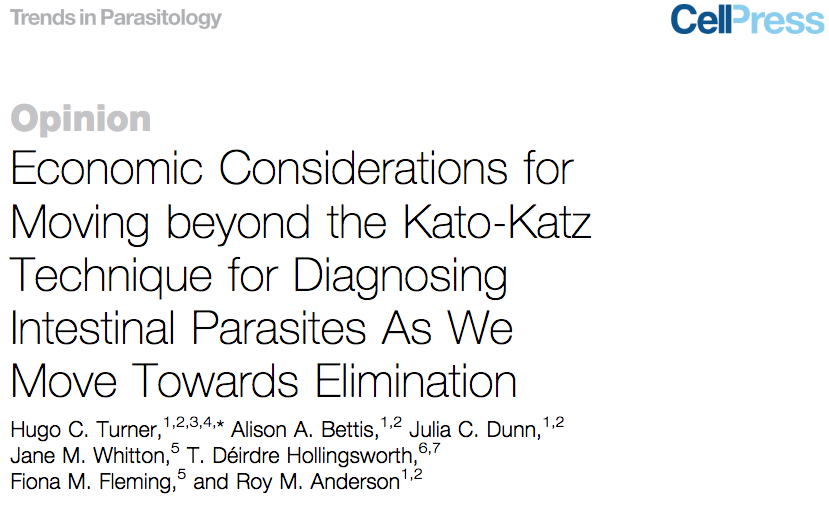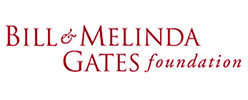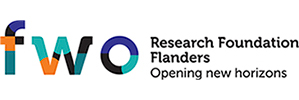An interesting opinion paper was recently published in Trends in Parasitology by Turner et al. It highlights some very interesting issues regarding diagnostics in a time with changing programmatic views and goals. We will briefly summarize the key points of this opinion paper and provide some additional comments.

The Kato-Katz technique for diagnosing helminth infections (mainly STH and Schistosoma mansoni) in the stool is well established and recommended by the World Health Organization. However, this technique has some issues: it is labor-intensive, requires expertise, needs to be performed quickly after stool collection and generally has a poor sensitivity to detect light infections. The cost of performing a single Kato-Katz is estimated between 2.67 and 12.48 US dollar. This cost is highly variable and depends on multiple factors, including but not limited to (i) collection method, (ii) number of samples and distance between collection sites, and costs for both (iii) personnel and (iv) the material.
It is put forward that investing in the development of new diagnostic techniques is necessary. This is especially relevant now, when changes in control strategies will become important as goals shift from morbidity control towards elimination of transmission. On the one hand, the development of more rapid and easy-to-use diagnostics is needed make it more accessible for non-trained health or education professionals. This would make it easier to integrate STH with other neglected tropical disease surveillance programs and therefore greatly reduce costs. On the other hand, more sensitive tests are needed to be able (i) to reduce sample size when prevalence has dropped after control efforts, (ii) to quickly detect resurgence where transmission was previously interrupted , and (iii) to quickly detect the development of possible anthelmintic resistance. Early detection of anthelmintic resistance will be crucial to allow for adjustments in control strategies.
It is important to stress that costs of diagnostic techniques will differ in different settings. It is essential to accurately capture the implementation costs of novel diagnostics and investigate what the key drivers of these costs are. In the Starworms project the costs of 3 different diagnostic techniques for the detection of eggs in the stool is assessed in 4 different endemic settings. Furthermore, these costs will be incorporated in ParaDesign 2.0. , a digital tool designed by our team to help with the selection of the best cost-effective trial design.
Overall, Turner et al. clearly stated that it is obvious that without new diagnostic methods, it will become very difficult for STH and Schistosoma control programmes to make the most cost-effective policy decisions, particularly as the goals shift towards elimination..
Read the Original paper here



